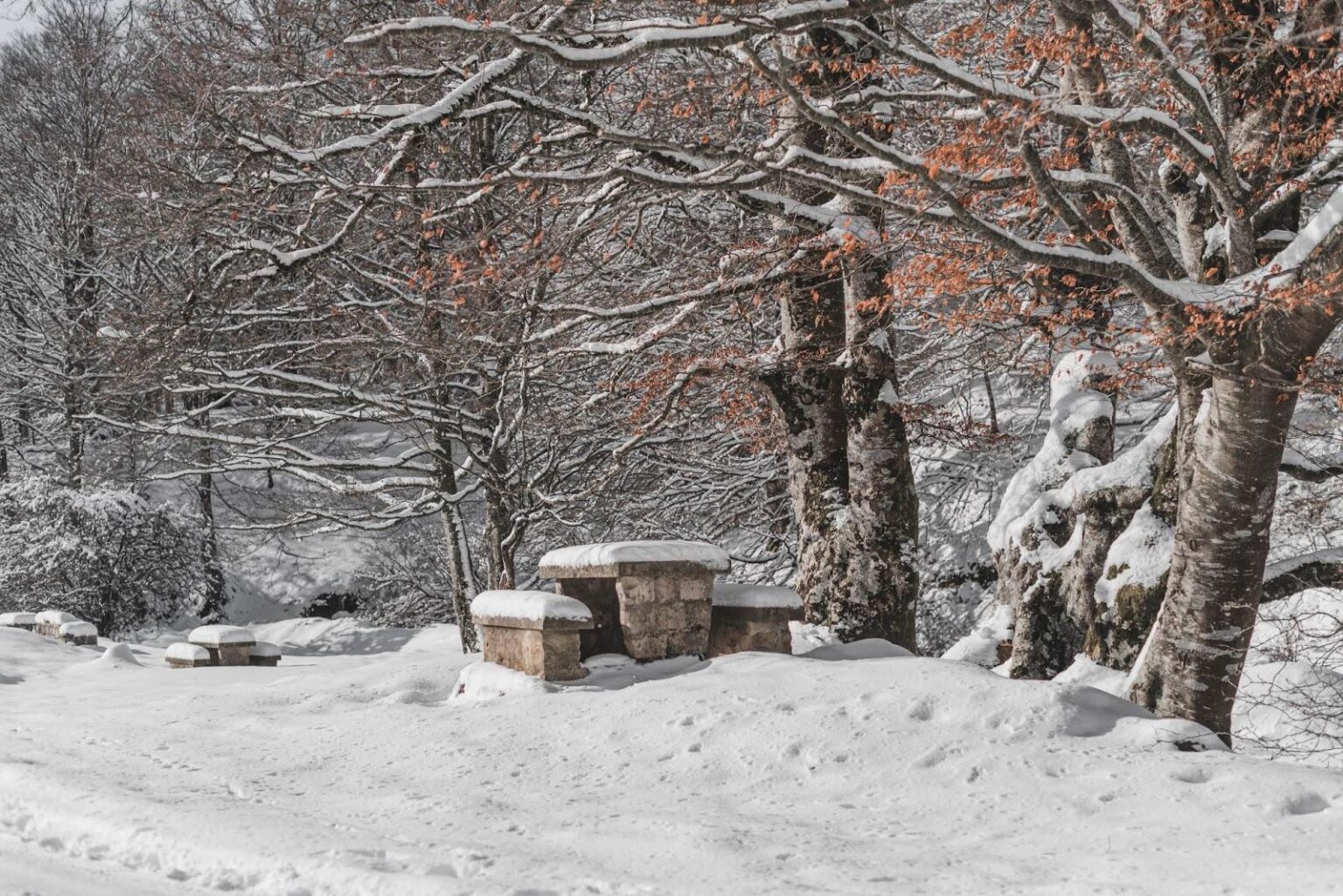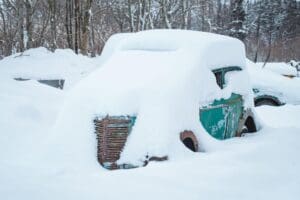
Winter Lawn Maintenance: Essential Tips for a Healthy Spring Lawn
Winter is here in Utah.
One can only reminisce of warmer days in the sun and lay out on green pastures. And as winter blankets the landscape with its frosty embrace, it’s tempting to neglect our lawns until the thaw of spring. However, proactive winter lawn maintenance is crucial for ensuring a lush and healthy lawn once the warmer months roll around.
Thus, do not wait until the snow melts to take initiative—start today! With these tips, you can be ahead of the curve and be one step closer to those warmer spring days.
Keep it Clean
It’s easy to neglect doing any lawn maintenance in winter; however, as winter sets in, ensure your lawn is free from debris such as leaves, twigs, and any other clutter.
A clean lawn reduces the risk of diseases and pests taking refuge in decaying matter. Use a rake or leaf blower to clear the surface, allowing your grass to breathe and receive adequate sunlight—even if it’s fleeting.
Mow at the Right Height
Contrary to popular belief, grass doesn’t stop growing in the winter.
Grass will grow all year round; however, in colder temperatures below 40 degrees Fahrenheit, it grows much slower. Despite this, you can still mow your lawn if you wish—it just isn’t necessary. Instead, aim for one mow in the wintertime.
Adjust your lawn mower to a lower setting for the final mow of the season. Cutting the grass slightly shorter helps prevent the development of snow mold, a common winter lawn disease. However, it’s important to note that you should avoid cutting it too short, as this may expose the roots to extreme temperatures.
Fertilize Wisely
Not everyone fertilizes their lawn; however, for those who do, it’s important to keep in mind what kind of fertilizer to apply in the winter months.
During the winter months, be sure to apply a slow release fertilizer in the late fall to provide your lawn with essential nutrients. Compared to quick release fertilizer, the slow kind helps the grass develop strong roots and promotes resilience against the harsh weather conditions.
Don’t know what kind of fertilizer to choose? It’s recommended to choose a fertilizer with a balanced ratio of nitrogen, phosphorus, and potassium.
Aerate the Soil
Many people don’t know, but compacted soil can inhibit water and nutrient absorption, leading to poor grass health.
Therefore, in the winter months, be sure to aerate your lawn in the fall to alleviate compaction and promote better root growth. This simple step enhances the soil’s ability to retain moisture, reducing the risk of winter desiccation.

Hydration Matters
Every aspect of life relies on water to survive. Thus, do not neglect watering your lawn.
Proper hydration is crucial for your lawn’s survival during the winter. Make sure your lawn receives adequate water before the first freeze. Well-hydrated grass is more resilient to cold temperatures and is better equipped to withstand winter stress.
Protect Against Pests
Thankfully, there are not many bugs roaming in the winter time.
Before winter arrives, it is important to iInspect your lawn for signs of pests. Apply a pest control treatment if necessary to prevent insects from causing damage during the colder months, or consider calling in a professional to help manage the pests.
Many pests lay eggs in the fall, and addressing the issue early can save your lawn from infestations come spring.
Snow Mold Prevention
What is snow mold?
Snow mold refers to a type of fungus that can damage grass and other plants during the winter months when there is snow cover. There are two main types of snow mold: gray snow mold (Typhula spp.) and pink snow mold (Microdochium nivale). These fungi thrive in cold, wet conditions and are most commonly found in areas with prolonged snow cover.
To prevent snow mold, avoid piling large amounts of snow on your lawn. Excessive snow can create a breeding ground for this fungal disease. If you anticipate heavy snowfall, consider using stakes or markers to guide snowplows and prevent them from depositing snow in concentrated areas.
Final Thoughts
Winter lawn maintenance is not only about preserving the aesthetic appeal of your outdoor space but also about nurturing a resilient and healthy lawn. By taking these preventative steps, you set the foundation for a vibrant and lush lawn that will flourish once the snow melts away. Remember that a little care during the winter months goes a long way in ensuring your lawn’s vitality and beauty throughout the entire year.







